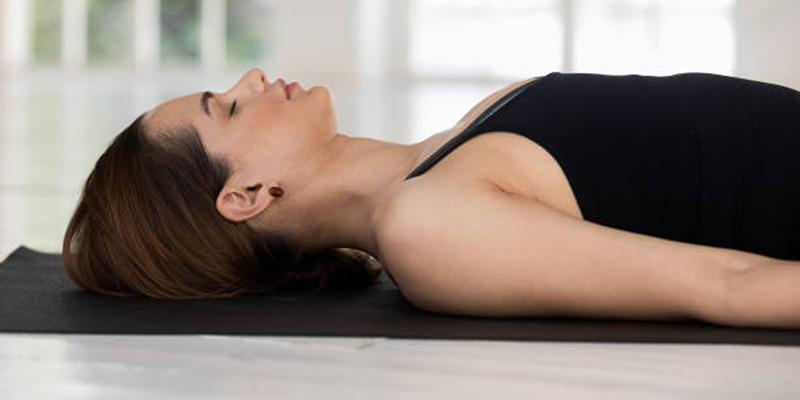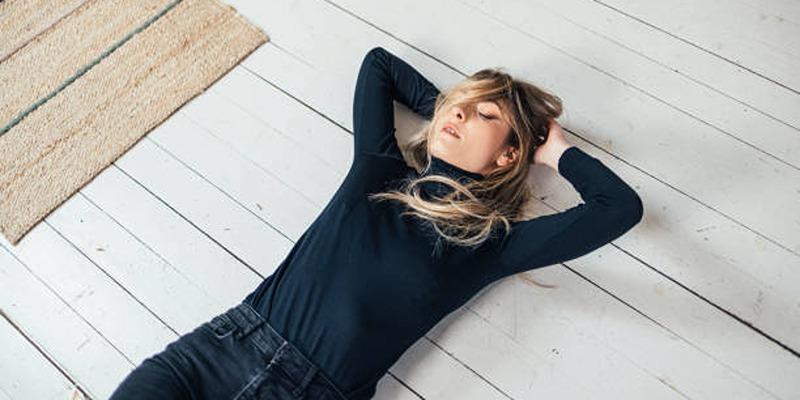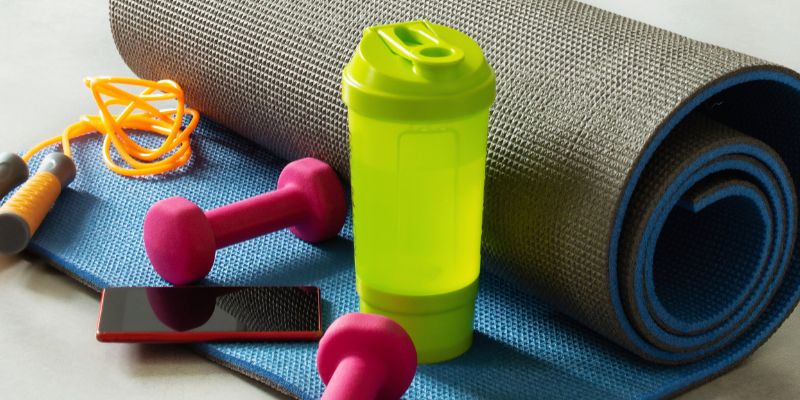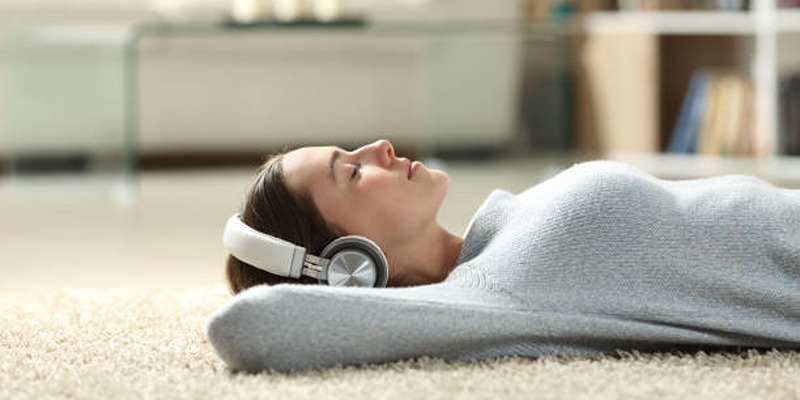Advertisement
Lay on the floor, an unusual concept, has recently been introduced as a possibly effective strategy in correcting posture, or at the very least providing relief to some specific pains. Flat surface as helpful for the spine alignment and probably for reducing the back pains and stiffness as well. Soft mattresses, which can compress and conform with the body shape whose position sometimes may be very unhealthy, on the other hand cannot offer healthy positions as do the floors. But there are some difficulties that may be connected with applying this approach.
Sleeping on a firm surface like the floor can naturally support proper spinal alignment by reducing the excess cushioning often found in traditional mattresses. Soft mattresses can sag or overly contour to your body, potentially leading to strain on the spine over time.
For those suffering from chronic back pain, sleeping on the floor might offer unexpected relief. A firm surface prevents the lower back from sinking too deeply, which often aggravates pain or creates additional strain on the lumbar region.
Mattresses and bed frames can come with a hefty price tag, sometimes costing hundreds or even thousands of dollars. Sleeping on the floor eliminates these expenses entirely, allowing you to save money while still prioritizing healthy sleep. Simple alternatives such as a thin sleeping mat, yoga mat, or a few layers of blankets can provide adequate comfort at a fraction of the cost.
A firm, flat surface distributes body weight evenly, reducing pressure points that can obstruct blood flow. Balanced weight distribution allows blood to circulate more freely, delivering oxygen and nutrients to muscles and tissues throughout the body. This improved circulation not only enhances sleep quality but also reduces the likelihood of waking up with numbness or tingling in your limbs.
Floor surfaces, particularly those made of wood, tile, or concrete, tend to remain cooler than traditional mattresses, which are prone to retaining heat. This natural cooling effect is especially valuable in hot climates or during warm summer nights, where staying comfortable can be challenging. Sleeping on the floor helps regulate body temperature, preventing overheating and fostering a more restful night's sleep.
Beyond its physical advantages, sleeping on the floor complements a minimalist lifestyle by reducing clutter and simplifying your living space. Forgoing a bed and mattress creates more open space in the bedroom and eliminates the need for bulky furniture. This minimalist approach can also have psychological benefits, such as reducing stress and fostering a calm, organized environment.

Transitioning to sleeping on the floor can be a challenge as your body adapts to the lack of cushioning. This adjustment period may cause temporary soreness or stiffness, especially for those accustomed to softer bedding.
The firm surface of the floor offers little padding for pressure points like the hips, shoulders, and knees. Over time, this lack of support can lead to discomfort, particularly for side sleepers who rely on cushioning in these areas.
Floors tend to accumulate dust, dirt, and allergens, making them a potential trigger for allergies or respiratory issues. Sleeping directly on the floor can increase your exposure to these irritants, which may negatively impact your health.
People with specific health concerns—such as arthritis, chronic joint pain, or other mobility-related conditions—may find floor sleeping exacerbates their discomfort.
While the cooling effect of sleeping on the floor can be a relief in hot climates, it’s less ideal in colder conditions. Extended contact with a cold surface can disrupt sleep or cause muscle stiffness, making it uncomfortable during cooler months.
Your natural sleeping position is a key factor in determining if floor sleeping is right for you. Back sleepers often benefit the most, as this position naturally supports the spine's alignment. However, side sleepers may need extra cushioning to avoid discomfort at pressure points like hips and shoulders.
The type of flooring significantly impacts your floor-sleeping experience. Hard surfaces like wood, tile, or stone can feel excessively firm. Adding a thin mat or blanket can provide a layer of comfort while maintaining the firmness that floor sleeping offers.
A clean sleeping environment is crucial for minimizing exposure to dust, allergens, and grime. Regularly clean the floor and use a mat or sheet to create a hygienic barrier between your body and the surface.
If you’re new to floor sleeping, ease into it gradually. Start with a thin mattress or yoga mat to help your body adjust before moving to a completely firm surface. This gradual approach allows your muscles and joints time to adapt comfortably.

Consider investing in a thin sleeping pad or futon. This provides a touch of cushioning while preserving the firmness of the floor, offering comfort without losing the benefits of a solid sleeping surface.
Choose a pillow that keeps your neck aligned with your spine. Avoid overly thick pillows that elevate your head too much, as this can lead to neck strain. Proper neck and spine support is key to restful sleep.
Opt for breathable materials like cotton to maintain comfort and regulate temperature. Adjust your bedding with layers of blankets to suit different seasons and ensure a cozy sleeping experience.
Adopt a neutral sleeping position that promotes spinal alignment. Back sleeping is often the best starting point for those new to floor sleeping, as it helps maintain proper posture and reduces strain.
Floor sleeping has potential benefits, such as improved posture and reduced back pain, but it’s not a universal solution. While some may enjoy the added support and alignment, others could experience discomfort or exacerbated health issues. By assessing your health needs, sleeping habits, and the type of flooring, you can make an informed choice about whether sleeping on the floor is the right fit for you.
Advertisement

By Celia Kreitner/Jan 07, 2025

By Verna Wesley/Jan 19, 2025

By Darnell Malan/Oct 20, 2024

By Susan Kelly/Apr 13, 2025

By Darnell Malan/Jan 19, 2025

By Susan Kelly/Oct 22, 2024

By Korin Kashtan/Oct 26, 2024

By Korin Kashtan/Dec 23, 2024

By Jennifer Redmond/Mar 01, 2025

By Noa Ensign/Dec 30, 2024

By Christin Shatzman/Oct 24, 2024

By Aldrich Acheson/Jan 19, 2025